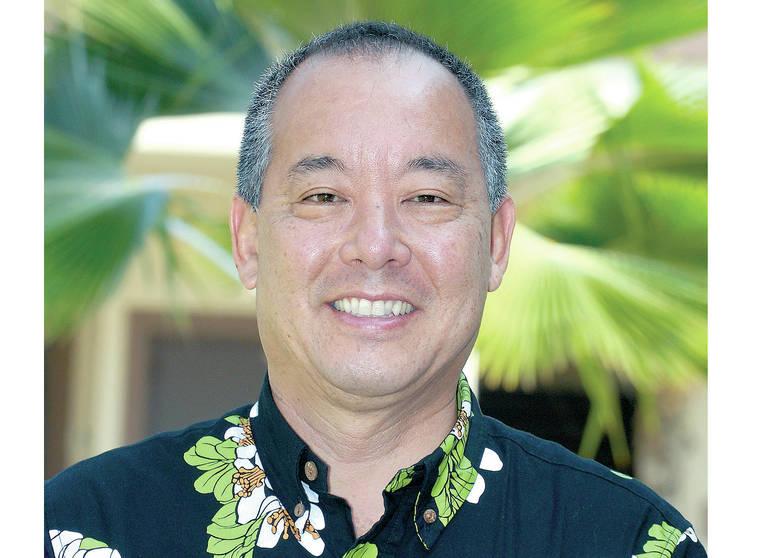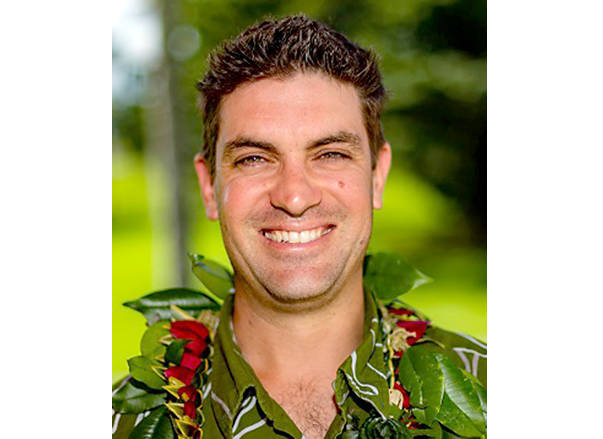Almost $1 million in federal coronavirus relief funds the County Council is disbursing to businesses and community groups has caused some consternation as the county administration tries to ensure donations follow federal laws and don’t look like political campaigning.
Council members shortly before the Aug. 8 primary election voted unanimously on a fast-tracked resolution to give each of the nine members $100,000 to direct to specific projects in their council district. The money comes from the $80 million the county is receiving as part of the Coronavirus Aid, Relief, and Economic Security (CARES) Act and must be spent by Dec. 30.
Council Chairman Aaron Chung, who had sponsored the resolution, said at the time that he waited until the primary election was wrapping up, so there would be no appearance of campaigning. But one council member, Puna Councilman Matt Kanealii-Kleinfelder, didn’t win enough votes to secure his seat outright and now faces a Nov. 3 runoff with challenger Ikaika Rodenhurst.
Kanealii-Kleinfelder was blocked from personally handing out $60,000 worth of masks and other personal protective equipment at farmers markets, schools, nonprofits and churches as he had planned, after the county Finance Department and Corporation Council Joe Kamelamela said it could appear to violate federal laws about using CARES money to lobby or influence elections.
“It could be easy to perceive that he’s handing out masks, like he’s using in-kind contributions to influence the election,” Deputy Finance Director Steve Hunt said Thursday. “We didn’t want to jeopardize our funding.”
Kanealii-Kleinfelder, who ultimately designated the nonprofit Malama O Puna to hand out the PPE on his behalf, said he didn’t think it was fair to single him out as the only council member not allowed to get personally involved in the distribution.
“Although we’re all elected officials, I’m the only one who can’t participate,” Kanealii-Kleinfelder said. “I’m trying to get required COVID materials with the use of CARES funds to my community. To be held up at the last minute by process is extremely frustrating.”
The nonprofit, in a press release Friday, said, “Malama O Puna is grateful to the District 5 Councilmember for securing these supplies, as we have worked successfully with Councilmember Matt Kanealii-Kleinfelder on numerous projects that have provided benefit to the people of Puna.”
Council members campaigning for re-election have historically been allowed to hand out money provided by taxpayers. Council contingency relief funds — usually $100,000 per council member but this year reduced to $35,000 each — are annually incorporated into the budget for council members to give to nonprofits or county departments in their districts.
“This is similar to our contingency relief funds in nature. Historically, there have always been concerns about those contingency relief funds being almost like a campaign slush fund for individual council members,” Chung said. “It’s important for each of the council members to avoid that perception, to divorce ourselves as much as possible to avoid any kind of appearance that we are trying to gain political capital from these allocations.”
Chung said he declined a request from a medical facility he donated PPE to, to appear for photos with the donation.
The council grants don’t have to go out to bid, but they must follow federal procurement rules as well as the specific CARES rules. They must be used to pay necessary expenditures incurred due to the COVID-19 public health emergency, addressing medical or public health needs, as well as expenditures incurred to respond to second-order effects of the emergency, such as by providing economic support to those suffering from employment or business interruptions due to coronavirus-related business closures.
Unlike council members’ contingency relief funds, the council members’ CARES grants weren’t made in a resolution providing public notice and an opportunity to comment. Instead, council members went directly to the administration with the grant requests. Chung said the council will receive a list to make public.
Council members have often said they should have more spending power because they’re closer to their district, their communities and their constituents so they better know what’s needed. The county has a single-member district organization, where each council member is elected only by voters within their geographic district.




